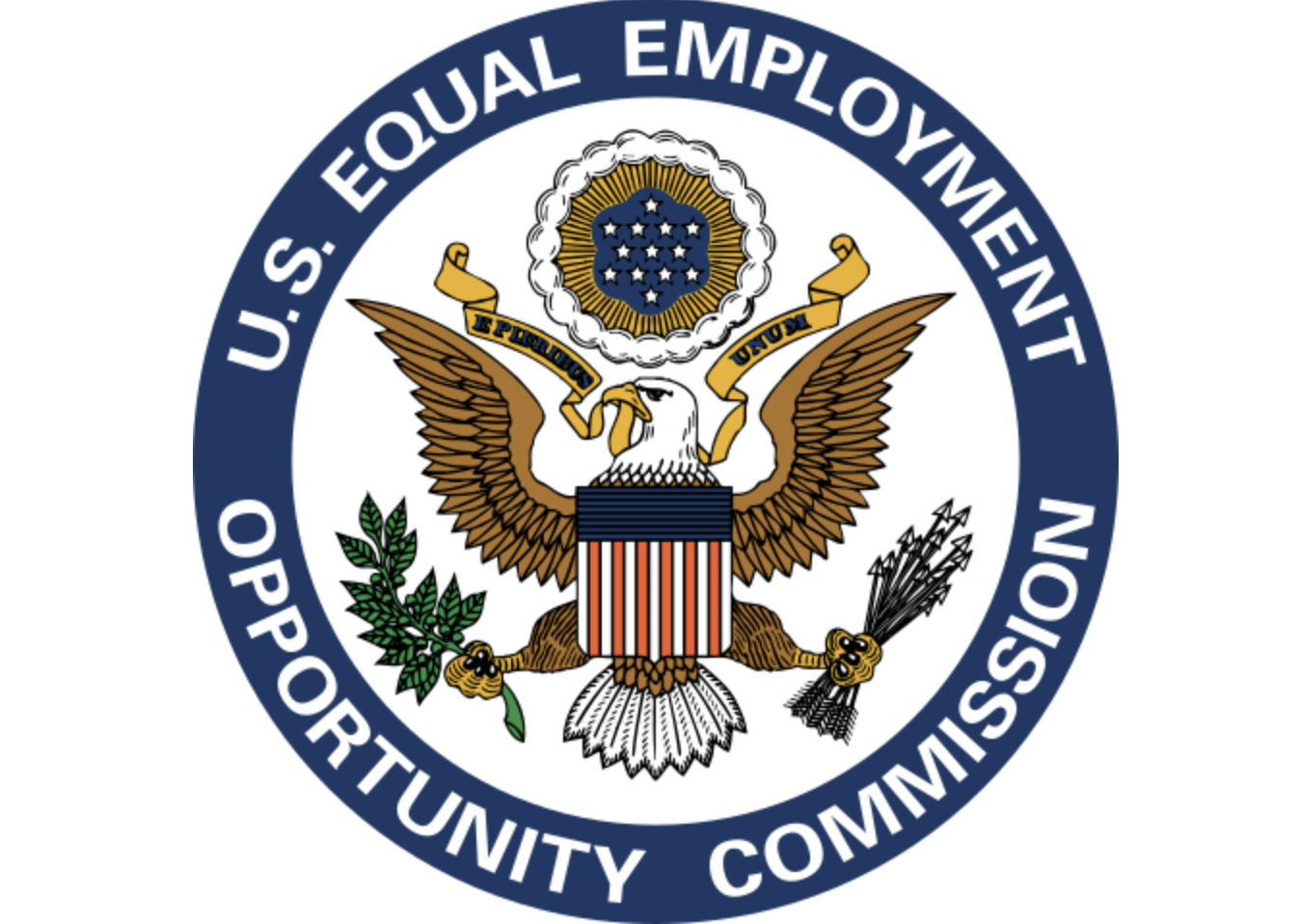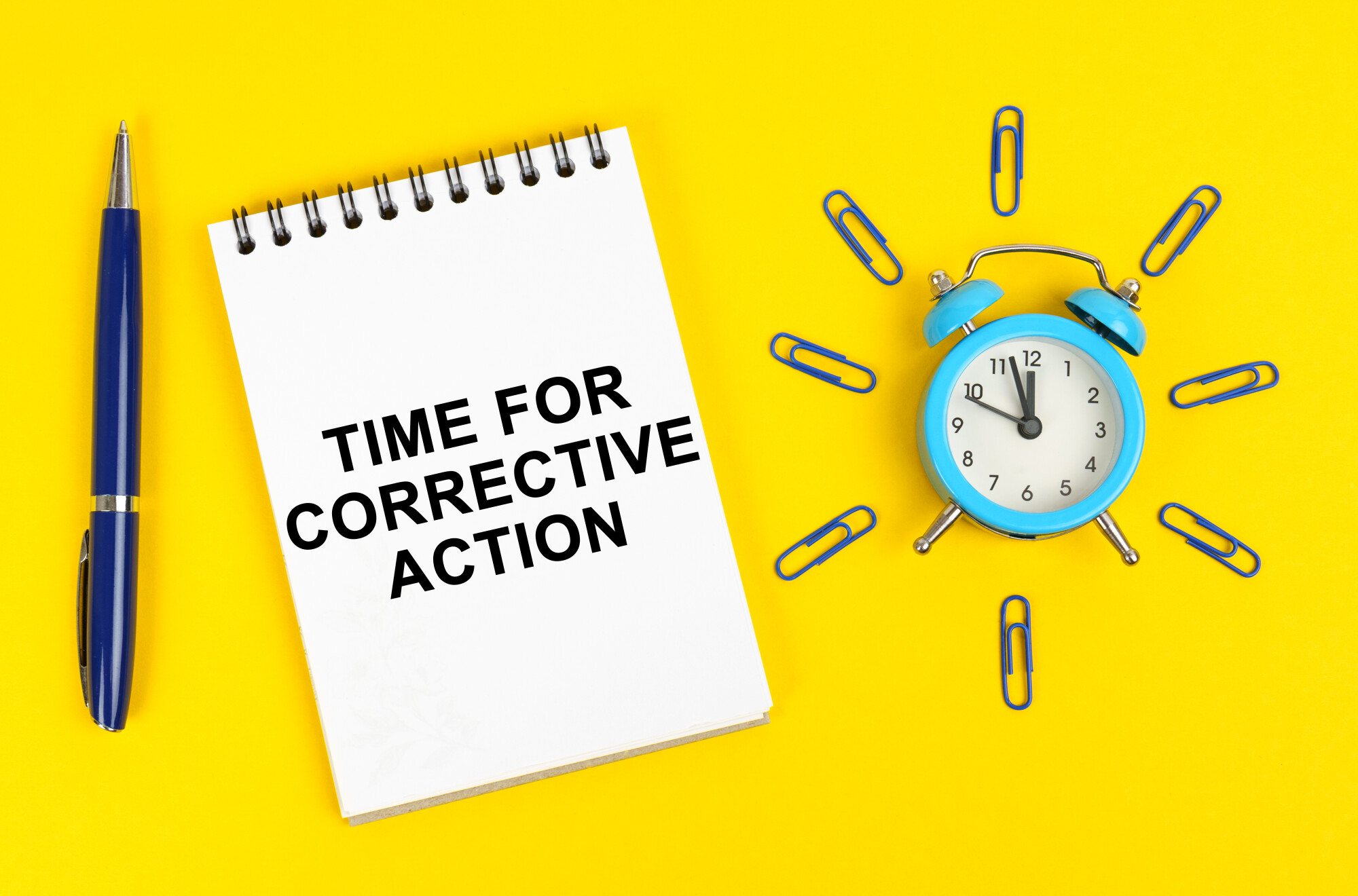What's in that new EEOC guidance on workplace harassment?
by Robin Shea
at Constangy, Brooks, Smith & Prophete, LLP
It's worth a read.
The U.S. Equal Employment Opportunity Commission recently released a proposed Enforcement Guidance on Harassment in the Workplace, and it's quite good.

Don't let the length intimidate you. If you aren't an employment lawyer, you can probably get away with stopping when the 350 footnotes begin, which will reduce your reading burden by more than half. ;-)
The proposed Guidance is intended to replace a number of harassment guidance documents that the EEOC issued in the late 1980s and in the 1990s. It provides all of the basics of harassment under the laws that the EEOC enforces today. Much of the Guidance covers how to prove harassment, how to determine when an environment becomes "hostile," and the different ways in which an employer can be liable for harassment. Good to be familiar with, but not especially novel. However, the Guidance also addresses some "hotter" issues -- for example, harassment based on sexual orientation or gender identity, pregnancy or related conditions (especially since the Pregnant Workers Fairness Act took effect), and religion.

Didja know?
The Guidance has a lot of nuggets of wisdom about workplace harassment. Did you know
- That if a supervisor coerces an employee into harassing a co-worker, then the company could be liable both for the harassment of the co-worker and the employee who was coerced?
- That an employer can be liable for harassment that occurs entirely outside the workplace?
- That if the harasser is high-placed enough to be considered a "proxy" or "alter ego" for the employer, then the employer is automatically liable for the harassment?
- That if the harasser is a supervisor (or higher up) and if the harassment results in a "tangible employment action" to the victim, then the employer is automatically liable for the harassment?
- And that a "tangible employment action" can include doing a favor for an employee after he or she "submits to sexual demands"?
- That employers can be liable for harassment even if the harasser is not an employee of the company -- such as an independent contractor, a customer or client, a student, or "hospital patients and nursing home residents"?
- That the employer "knows" about harassment (and is legally obligated to act on it) as soon as anyone at the supervisory level knows about it? And sometimes it doesn't even have to be a supervisor?
It's true, it's true!
What should a good harassment policy contain?
The Guidance also has a helpful checklist of items that should be part of any employer's harassment policy. The following is quoted from the Guidance with minor edits:
- Definitions of prohibited conduct.
- Written in a way that can be understood by employees. And this should take into account employees with literacy issues, or who are not fluent in English.
- A requirement that anyone in a supervisory role or above report harassment when they are aware of it.
- Multiple ways of making complaints, so that a victim is not forced to "report" the harassment to the alleged harasser.
- "Accessible points of contact" for complaints, and their contact information.
- An explanation of the employer's harassment complaint process, including confidentiality and no-retaliation.
- The policy should also be widely distributed.
- In the EEOC's view, an employer's complaint process will generally be effective if it "provides for prompt and effective investigations and corrective action" and includes confidentiality and no-retaliation provisions.
When will training be considered effective?
The Guidance says that "at a minimum" harassment training should include the following:
- An explanation of the complaint process, including confidentiality and no-retaliation, and -- if applicable -- alternative dispute resolution processes.
- Examples of prohibited and "borderline" conduct.
- Information about employee rights. (The EEOC does not say that the training should tell employees that they have the right to go to the EEOC, but I do include that when I conduct training.)
- Information for supervisors and managers on "how to prevent, identify, stop, report, and correct harassment."
- The training should also be tailored to the specific work environment, "provided on a regular basis to all employees . . . and provided in a clear, easy-to-understand style and format."
- Dang! It sounds like the EEOC has been to one of my harassment training sessions!
When might an employee be justified in not reporting the harassment to the employer?
Generally, an employee who is being subjected to harassment at work needs to report the harassment through the employer's complaint process. But there are exceptions. For example,
- The people designated to receive complaints are not accessible.
- Following the process would require the victim to complain to someone who is buddies with the harasser.
- Previous complaining employees got no action or were retaliated against for complaining.
- The employer knew or should have known about the harassment already.
Alternatives to using the employer's process
A victim may have acted reasonably if, instead of reporting the harassment through the company process, the victim files a grievance with the union; or, if the victim is a temporary worker, reports the harassment to the temp agency rather than the employer.






